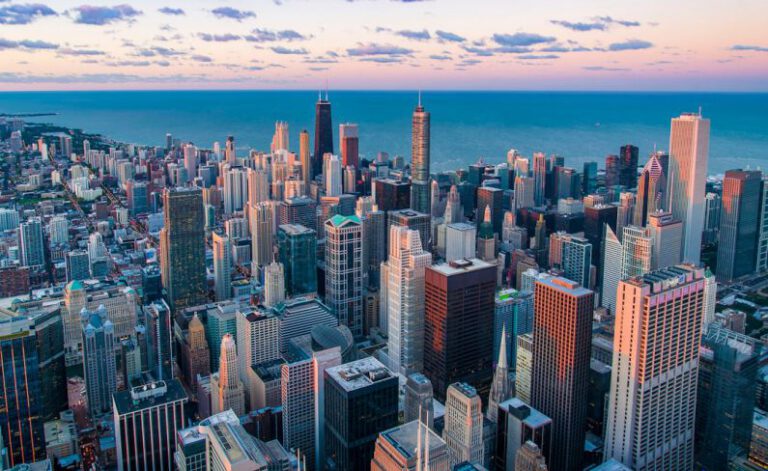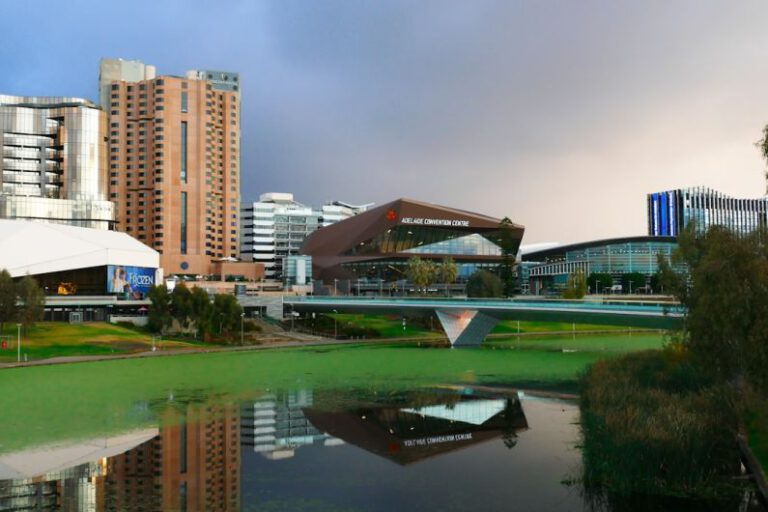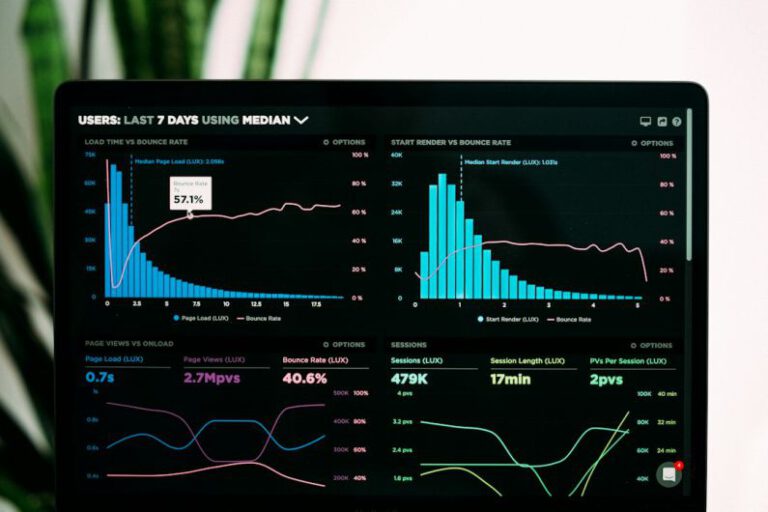How Do Smart Buildings Fit into Smart Cities?
The concept of smart cities has been gaining momentum in recent years as urban areas worldwide strive to enhance efficiency, sustainability, and quality of life for their residents. At the core of this movement are smart buildings, which play a crucial role in shaping the future of urban living. By integrating cutting-edge technology and data-driven solutions, smart buildings are revolutionizing the way we interact with the built environment and are key components in the development of truly smart cities.
The Role of Smart Buildings in Urban Development
Smart buildings are not just structures made of bricks and mortar; they are intelligent entities that leverage advanced technologies to optimize energy consumption, enhance comfort, and improve overall operational efficiency. These buildings are equipped with a range of sensors, actuators, and connectivity solutions that enable them to collect and analyze real-time data on various aspects of their operation.
Energy Efficiency and Sustainability
One of the primary benefits of smart buildings is their focus on energy efficiency and sustainability. By utilizing smart technologies such as automated lighting and HVAC systems, energy-efficient appliances, and renewable energy sources, these buildings can significantly reduce their environmental footprint and lower operating costs. In a smart city context, the widespread adoption of smart buildings can lead to a significant reduction in overall energy consumption and greenhouse gas emissions, contributing to a more sustainable urban environment.
Enhanced User Experience
Smart buildings are designed to prioritize the comfort and well-being of their occupants. Through features like personalized climate control, automated lighting, and integrated security systems, these buildings offer a more convenient and secure living or working environment. Additionally, smart buildings can provide real-time feedback on air quality, noise levels, and other factors that impact occupant comfort, enabling residents to make informed decisions about their living or working spaces.
Data-Driven Decision-Making
The proliferation of smart buildings in a smart city ecosystem generates vast amounts of data that can be leveraged to improve urban planning and resource management. By analyzing data on building performance, energy usage, occupancy patterns, and other metrics, city authorities can gain valuable insights into how their urban infrastructure is being utilized and identify opportunities for optimization. This data-driven approach allows for more informed decision-making and can lead to more efficient resource allocation and better overall urban governance.
Integration with Smart City Infrastructure
Smart buildings are not standalone entities; they are integral parts of a larger smart city infrastructure that includes smart transportation systems, energy grids, waste management solutions, and more. By connecting smart buildings to this broader ecosystem through the use of IoT technology and data-sharing platforms, cities can create a seamless network of interconnected assets that work together to enhance urban livability and sustainability. This integration enables smart buildings to communicate with other urban systems, such as traffic management or emergency services, to improve overall city functionality and responsiveness.
The Future of Smart Cities with Smart Buildings
As the pace of urbanization continues to accelerate, the role of smart buildings in shaping the future of smart cities will only grow in importance. By harnessing the power of technology and data, smart buildings have the potential to transform urban environments into more efficient, sustainable, and livable spaces for residents. The continued development and adoption of smart building solutions will be a key driver in the evolution of smart cities worldwide, as they pave the way for a more connected, intelligent, and resilient urban future.






